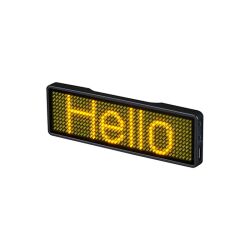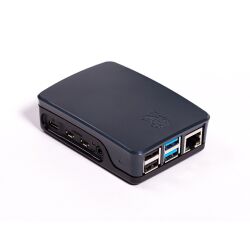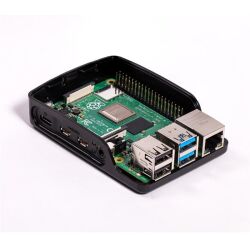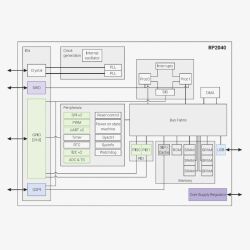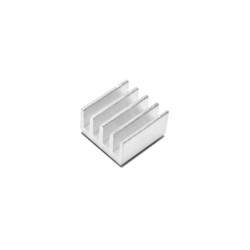Description
A beginner friendly, internet connected mood-light-in-a-bottle that's easy to program using MicroPython or CircuitPython.
A cutting edge fusion of Raspberry Pi Pico W, addressable LEDs and Pirate Glass(TM) technology - this kit contains everything you'll need to build a fully programmable RGB LED light (or as we like to call it around here, arrrrrrrrRGB). Because the 50 LEDs are addressable, you can control the colour and brightness of each one individually!
Here are some things you could do with it:
???? Set it to show different colours and effects appropriate for your season, event, mood or whim.
???? Add a high quality sensor like BME680 for a visual notification of diverse parameters to your liking!
???? Connect to your favourite APIs and get it to show you different effects for different weather conditions, switch the light on at sunset or let you know when the International Space Station is overhead.
???? Use a service like IFTTT to trigger effects based on Twitter shenanigans, calendar entries or home automation events.
Powered by Plasma Stick 2040 W⚡
Plasma Stick is our LED controller. We've taken a Raspberry Pi Pico W and added the appropriate hardware so you can plug in a colourful string of WS2812/Neopixel lights without soldering, fuss, or having to worry about connectors. We've also added a reset button and a Qw/ST (Qwiic/STEMMA QT) connector for hooking up sensors and other breakouts. Everything is powered through the Pico W's USB micro-B connector, so it's easy to power from any handy USB socket or a Power Bank, if you want to untether it from mains power).
We've preloaded Plasma Stick with MicroPython and a selection of examples to make it simple to get started. Check out our Learn guide to find out how to put everything together!
Starry Edition
Twinkle twinkle smol diodes, let's take a look at where you're stowed ???? This kit contains everything you need to make a stellar decorative light, perfect for adding some sparkly illumination (and a hint of hygge) to your festive window, sleigh or limitless black void.
Starry kit contains:
- Plasma Stick 2040 W (with Pico W Aboard)
- Star bottle with cork (195mm tall, approx)
- 5m of WS2812/Neopixel-compatible addressable LED wire (50 LEDs)
- USB A to micro-B cable
- Velcro dots for attaching the board to the bottle
Software
You can program Pico/RP2040 boards in a bunch of different ways, but if you're a beginner we'd recommend using our batteries included MicroPython build for ease of getting started. We've pre-loaded the Plasma Stick with pirate-brand MicroPython and some fun examples to show you different things you can do, from an ominous night light that gets brighter the closer it gets to midnight to a good old fashioned flame effect to huddle round on cold nights.
- (Learn) Assembling your Wireless Plasma Kit
- (Learn) Getting Started with Raspberry Pi Pico
- Download pirate-brand MicroPython (you'll need the picow .uf2)
- MicroPython examples
- MicroPython function reference
- C++ examples
Alternatively, you could install CircuitPython on your Pico W! CircuitPython is an easy to use, well-established ecosystem with lots of example code and drivers for interfacing with different kinds of hardware - and it's just got Pico W wireless support, woop!
- Download CircuitPython for Pico W
- Welcome to CircuitPython
- CircuitPython examples
- Quick-Start the Pico W WiFi with CircuitPython
If you're adapting examples from elsewhere and need to know the pins that Plasma Stick uses, it's GP15 for LED data, GP4 for I2C SDA and GP5 for I2C SCL.
Connecting Breakouts
The Qw/ST connector on Plasma Stick makes it super easy to connect up Qwiic or STEMMA QT breakouts. If your breakout has a QW/ST connector on board, you can plug it straight in with a ST-SH to JST-SH cable.

